How have specialty coffee consumers changed in recent years?
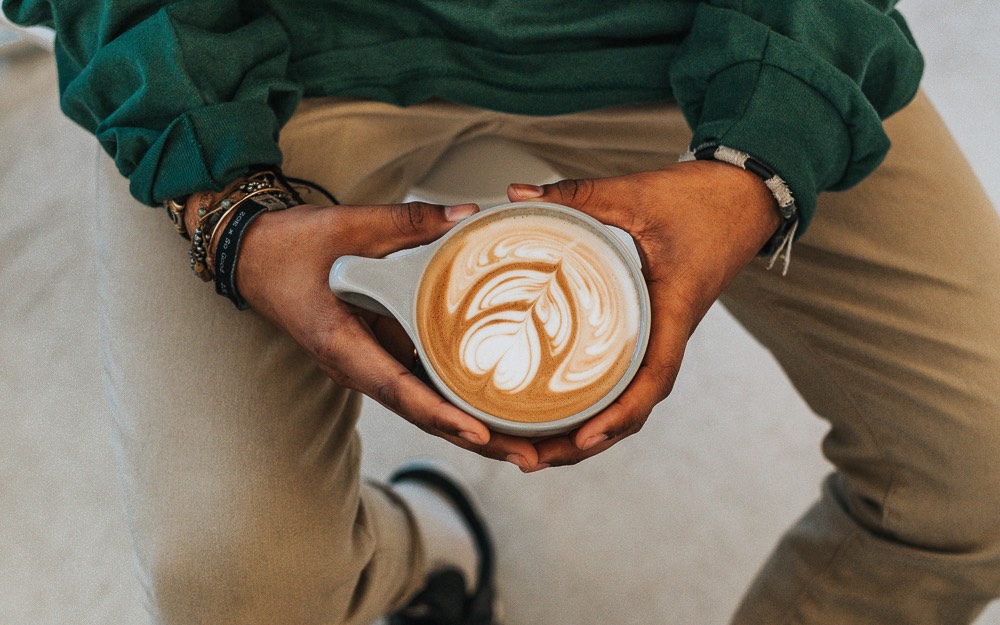
In many countries around the world, despite its smaller market size, consumption of specialty coffee is increasing at pace.
According to the National Coffee Association’s 2023 National Coffee Data Trends Specialty Coffee Breakout Report, 52% of US consumers aged 18 or above reported drinking specialty coffee in the previous week. This increased to 62% for those aged between 25 and 39. As a result, specialty coffee consumption reached over a five-year high in the US this year.
Alongside this growth, we have also seen specialty coffee consumer behaviour change significantly. While convenience has always remained important to consumers, demand for higher-quality coffee and more innovative beverages are also key drivers of rapid change in the sector.
As out-of-home coffee consumption recovers in many major consuming markets following the pandemic, coffee businesses need to ensure they meet the ever-changing needs and demands of consumers.
To understand more, I spoke to Vanúsia Nogueira, William “Bill” Murray, and Anne-Marie Roorda. Read on to find out what they had to say.
You may also like our article on whether specialty coffee is growing faster than global coffee consumption.
How many people drink specialty coffee?
Looking at the wider coffee market, global consumption is on the rise. According to figures from the International Coffee Organisation, the world’s coffee consumption is expected to grow by 1.7% to 178.5 million 60kg bags in 2022/23.
Although the global specialty coffee market is much smaller in comparison, data shows that it’s growing at a faster rate than consumption of commodity-grade coffee. This is especially apparent in more mature markets like North America, Western Europe, Australia, and East Asia.
Let’s look specifically at the US, for example. In 2022, research from the National Coffee Association found that consumption of coffee had reached a 20-year high. At the same time, 43% of surveyed consumers reported drinking a specialty coffee beverage in the past day. This represents a 20% increase from January 2021.
Moreover, some figures predict that the North American specialty coffee market will grow by 20% year-on-year until 2030. This would make it the fastest-growing market in the world.
Along with the US, Europe is one of the world’s most important consuming markets because of the ever-growing number of specialty coffee shops and roasters. Europe currently has the largest share of the global specialty coffee market at around 46.2%. Furthermore, its market growth is expected to increase by 9% by 2026.
The Asia-Pacific specialty coffee market, meanwhile, is also growing rapidly. According to Research and Markets, the region’s specialty coffee sector will experience a 15.3% annual growth rate from now until 2030.
Growth in producing countries
Generally speaking, in comparison to consuming countries, specialty coffee consumption is significantly lower in producing countries. This is partly because the structure of the global coffee industry has largely remained the same since its establishment in the 1600s and 1700s.
As European colonial powers exported coffee to countries outside of the Bean Belt, coffee became much more accessible to more people across the world. In turn, marketing became more consumer-focused as it was largely driven by majority consuming countries in the Global North.
However, in recent years, a growing middle class and targeted, policy-driven initiatives have helped to increase domestic specialty coffee consumption in a number of producing countries.
For example, following the launch of the Coffee Quality Programme by the Brazilian Coffee Industry Association (ABIC) in 2004, it’s estimated that around 98% of Brazilian households drink coffee. What’s more, research from the Specialty Coffee Association found that Brazil’s specialty coffee market share doubled between 2016 and 2018 from 6% to 12%. It’s safe to assume this has increased in the years since.
The same study also found that in 2018, the estimated value of the Colombian specialty coffee market was around US $1.52 billion – indicating steady growth, too.
Moreover, given that the 2021 and 2023 World Barista Champions are from Colombia and Brazil, respectively, it’s likely that interest in specialty coffee will continue to grow in these countries.
Comparatively, growth in other South American countries – as well as across Central America – is significantly slower. The same goes for countries in Africa, where domestic coffee consumption rates are increasing, but at a much steadier pace.
Key trends in consumer behaviour
There have been many changes to the global specialty coffee sector over the past decade or so. In line with this, consumer behaviour has also shifted.
William “Bill” Murray is the President and CEO of the National Coffee Association. He tells me that one of the most significant factors to influence coffee consumer behaviour by far was the pandemic.
“Covid-19 didn’t necessarily change how much coffee Americans consumed, but more so where and how,” he says.
At the height of the pandemic, around 95% of global OOH coffee businesses were forced to temporarily close their doors. Naturally, consumers started to prepare more coffee at home.
“While there have been slight shifts following the pandemic, US consumption has remained relatively steady since 2018,” Bill says. “Coffee has been America’s most popular beverage for more than two decades now.”
Although more people started to brew coffee at home as a result of Covid-19, OOH consumption has recovered to pre-pandemic levels in many major consuming markets. This is largely driven by demand for espresso-based beverages, which are typically more challenging to prepare at home.
Anne-Marie Roorda is the programme manager at the Centre for the Promotion of Imports from Developing Countries (CBI).
“One of the most notable changes in the last five years has been the growing demand for high-quality coffees,” she explains. “Direct trade, traceability, and flavour profile have all become more important to specialty coffee consumers.”
Despite recent rising food and energy costs, as well as higher rates of inflation, some consumers are willing to pay higher prices for coffee – as long as it meets the required quality and sustainability standards.
Convenience is everything
Even with these key changes in specialty coffee consumer behaviour, convenience has remained one of the most important purchasing factors. The difference over the past decade or so, however, is that demand for quality convenient coffee products has never been higher.
This has been especially noticeable with coffee capsules and pods.
“Demand for single-serve coffee products, such as capsules, has experienced strong growth in the European markets,” Anne-Marie tells me. “One key trend has been the development of specialty coffee capsules.
“Although it’s still a relatively small market, it’s growing at pace,” she adds. “More and more specialty coffee roasters have started to manufacture and sell their own capsules.”
Furthermore, in response to consumer concerns over waste produced from single-serve coffee products, more and more coffee businesses are using recyclable, compostable, or biodegradable materials for their capsules and pods.
So what’s changing?
With quality and convenience remaining at the forefront of coffee consumers’ purchasing decisions, there have also been other key emerging trends in the specialty coffee sector.
Cold coffee and RTD
Now more than ever, there is an increasingly diverse range of beverages available in coffee shops – especially cold coffee drinks.
“Cold brew, which was a virtually unknown brewing method when it was first added to our National Coffee Data Trends Reports ten years ago, is now the third most popular way to prepare coffee in the US,” Bill says.
Similarly, ready-to-drink (RTD) coffee beverages have proved particularly popular with younger consumers. Moreover, RTD products have also helped to drive all-day consumption of coffee.
Within this market segment, there has been significant innovation, too. One example is La Colombe’s draft lattes, which were first launched in 2016. Each can contains an “Innovalve” which injects nitrous oxide directly into the liquid. This creates a smooth and foamy texture similar to nitro coffee.
At the same time, we have also seen other RTD coffee products become popular, such as:
Flavoured options
Drinks with functional ingredients
Plant-based beverages
Health & sustainability
Vanúsia Nogueira is the Executive Director of the International Coffee Organisation. She explains how an increasing number of consumers are accounting for health and sustainability when purchasing coffee products.
“More than ever before, consumer behaviour has been driven by health and nutrition,” she says. “This has created a need to develop tailor-made solutions which are both convenient and high-quality, yet also affordable and functional.
“As a result, consumers not only expect coffee products that are easy to prepare or ready to be consumed immediately, they also demand that these products are sustainable,” she adds.
For example, plant milks are now immensely popular in coffee shops for many reasons. These include health, ethical values, and the environment. According to a 2021 World Coffee Portal survey of 50,000 UK consumers, 16% of respondents had tried oat milk in the previous 12 months – making it the most popular plant milk nationwide.
An increasing focus on precision
As part of a growing appreciation for the craft and skill of roasting and brewing coffee, more and more consumers have started to take an interest in coffee education.
Ultimately, a growing number of consumers want to know more about where their coffee comes from and the different flavours and aromas they can experience from coffee, as well as how they can get the best results when preparing it at home.
“With better and more precise brewing methods, the ‘science’ of coffee has become more prominent,” Anne-Marie says. “Consumers want to understand more about coffee’s intrinsic characteristics, and how these influence different brewing methods.”
How could consumer behaviour evolve in the coming years?
Given the diverse range of emerging trends in the specialty coffee industry, it will be interesting to see how consumer behaviour will change over the next decade or so.
“One of the biggest drivers could be an increasing awareness of the health benefits of coffee,” Bill suggests. “Many independent scientific studies carried out over the past few decades show that drinking coffee can be beneficial to your health.”
Anne-Marie agrees, saying: “European consumers are increasingly concerned about the impact of food on their health and wellbeing. According to the Institute for Scientific Information on Coffee (ISIC), global online searches for ‘health benefits of drinking coffee’ increased by 650% in 2021.
“Now, there is a growing range of coffee products which contain no dairy or no added sugar, or include functional ingredients,” she adds. “Consumers are also more concerned about the negative side effects of drinking too much caffeine, so the consumption of high-quality decaffeinated coffee in both the US and Western Europe has grown year-on-year since 2017.”
Growth of RTD to remain strong
As expected, Anne-Marie says the RTD coffee market will continue to expand and diversify.
“It’s still a relatively niche market, but RTD coffee is one of the fastest-growing market segments in Europe, and is anticipated to grow by 4.8% between 2023 and 2027,” she tells me.
Vanúsia, meanwhile, points out that both coffee businesses and producers need to respond to growing demand for these products.
“Health, convenience, and sustainability are three key trends that will prevail, so coffee producers and companies need to meet these demands to remain competitive,” she says. “Consumers will not only continue to focus on quality and convenience, but also on traceability and transparency.
“Coffee consumers are an integral part of the value chain, and will heavily influence the future of sustainability in the industry,” she concludes.
Many things have changed in the specialty coffee industry over the past few decades, including consumer behaviour. And as new consumer trends emerge, they will have significant influence over the future of the sector.
But no matter how consumers’ purchasing decisions shift and evolve, coffee businesses who want to remain successful need to cater to these changing demands accordingly.
Enjoyed this? Then read our article on whether consumers will keep paying higher prices for specialty coffee.
Perfect Daily Grind
Want to read more articles like this? Sign up for our newsletter!
The post How have specialty coffee consumers changed in recent years? appeared first on Perfect Daily Grind.

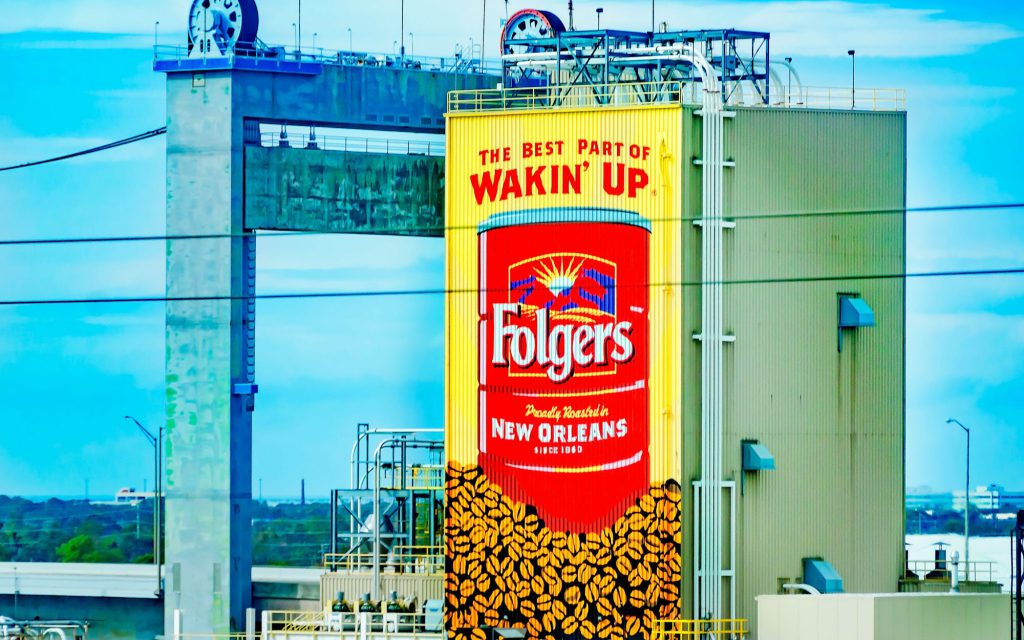
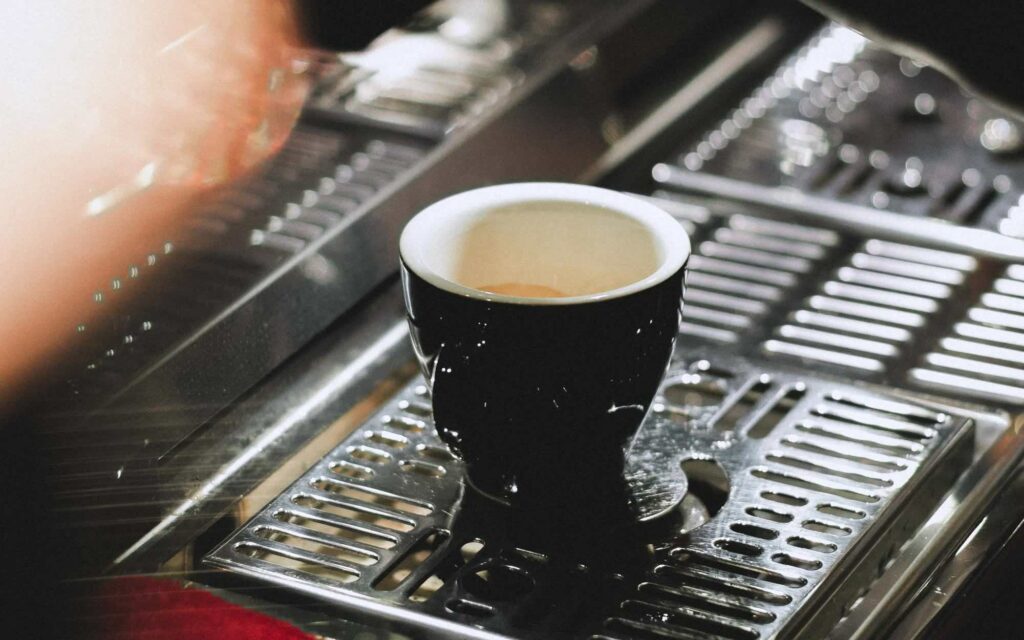
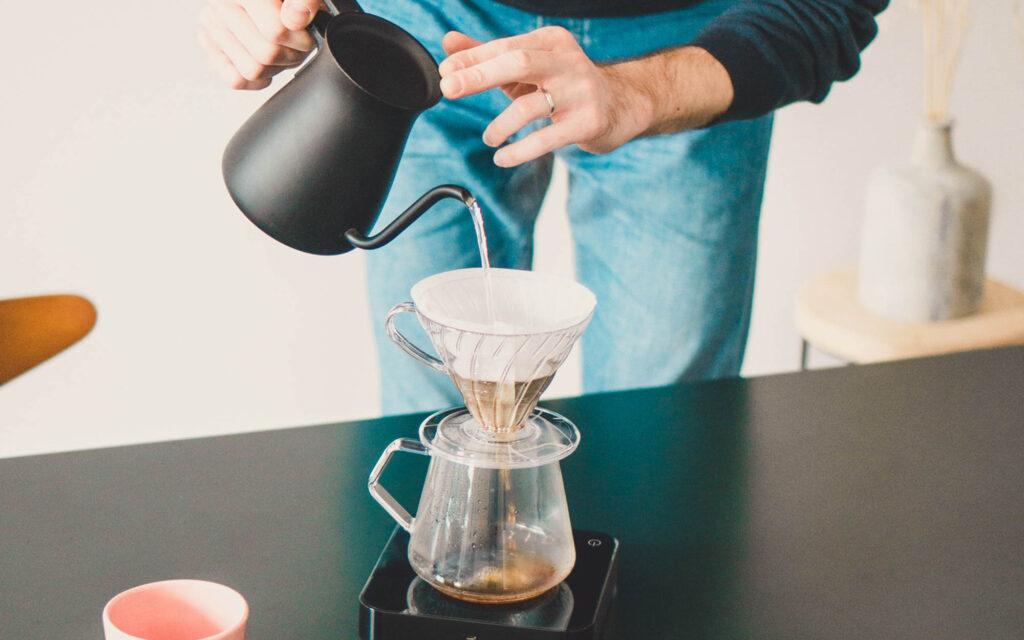
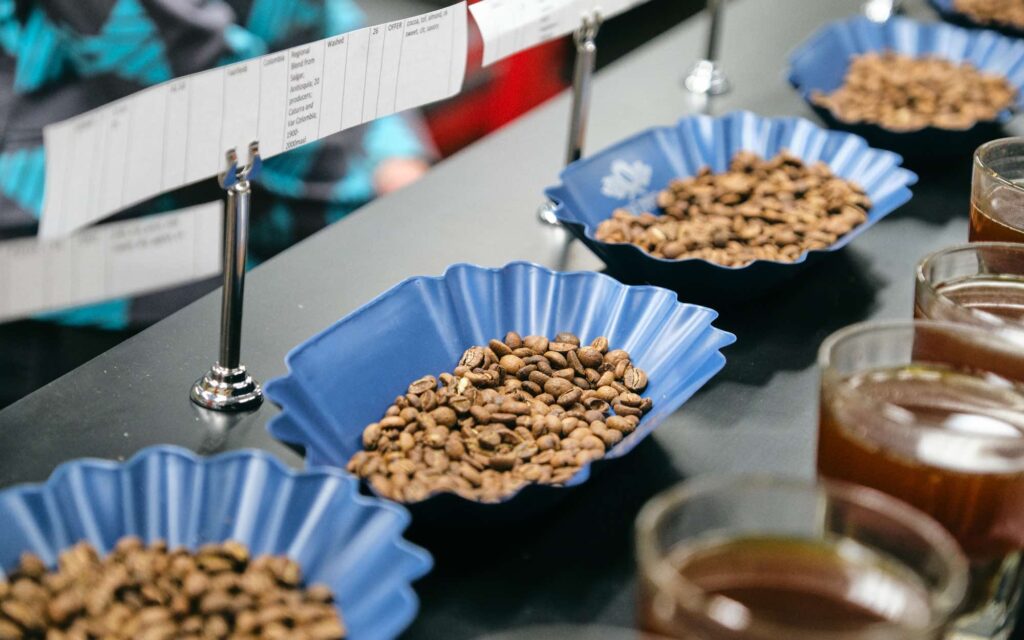
Responses